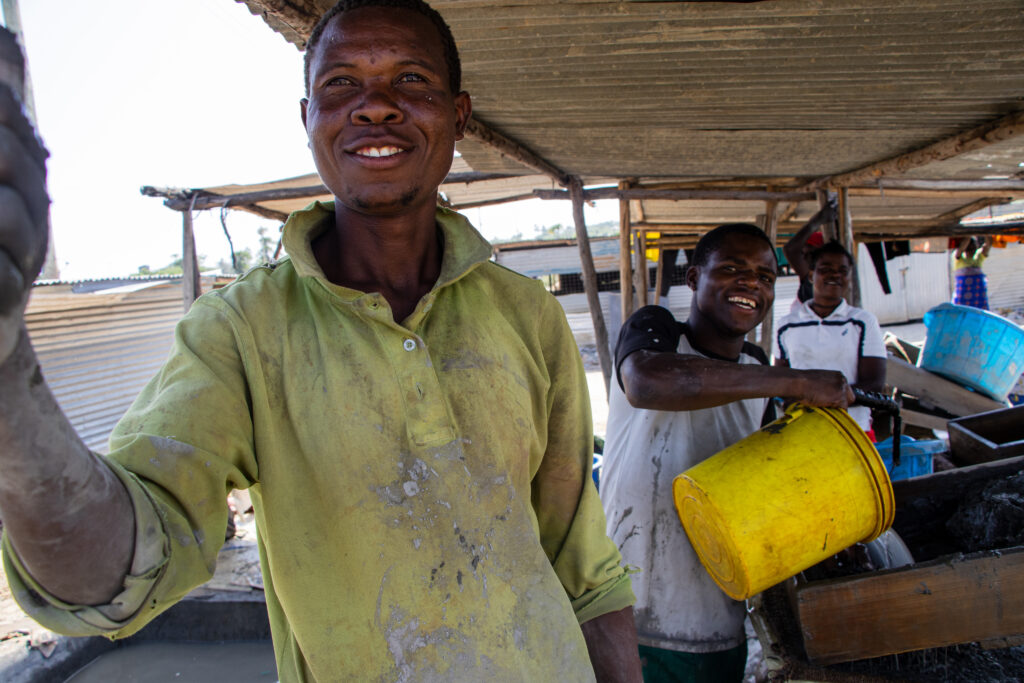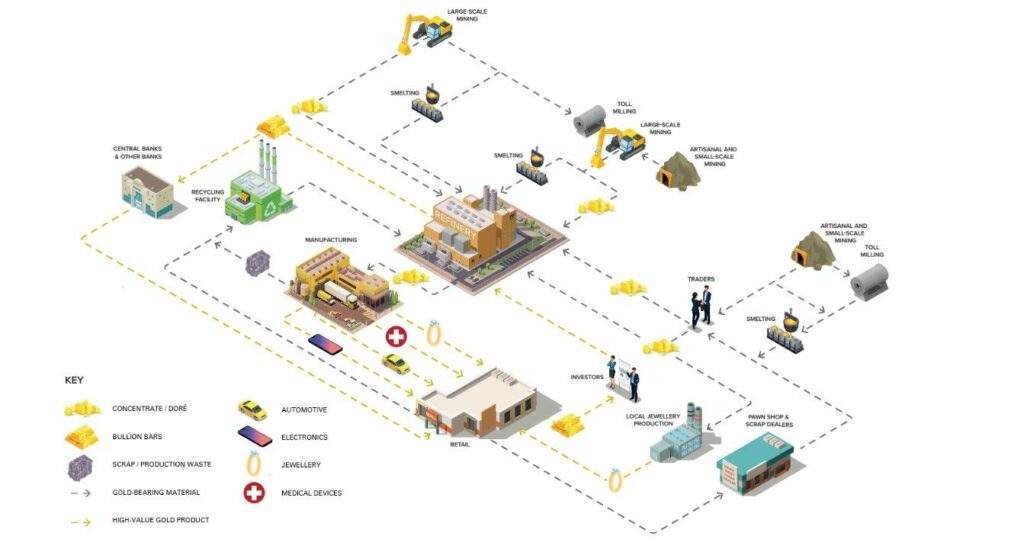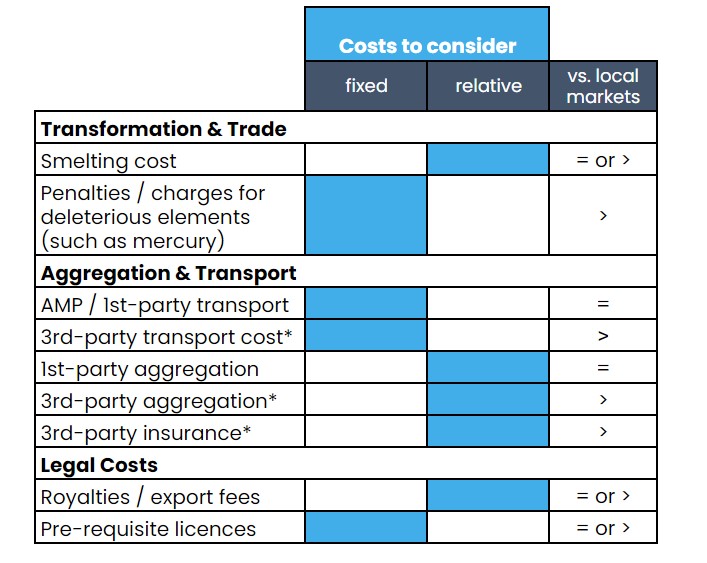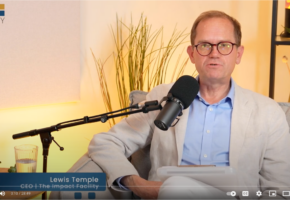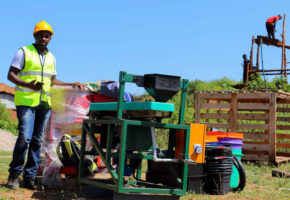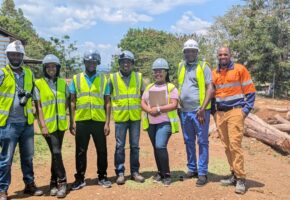
Candice Jumwa
Other posts by Candice
- A dream takes flight: From Nairobi, Kenya to Cape Town, South Africa
- From Mining Communities to the Mining Indaba: My Journey as a Young Leader
- My Mining Indaba Experience
- Reflections from Mining Indaba 2025: A Women’s Voice on ASM and the Path to Responsible Mining – WIM Zimbabwe’s Vision
- Mining Indaba 2025 Experience


